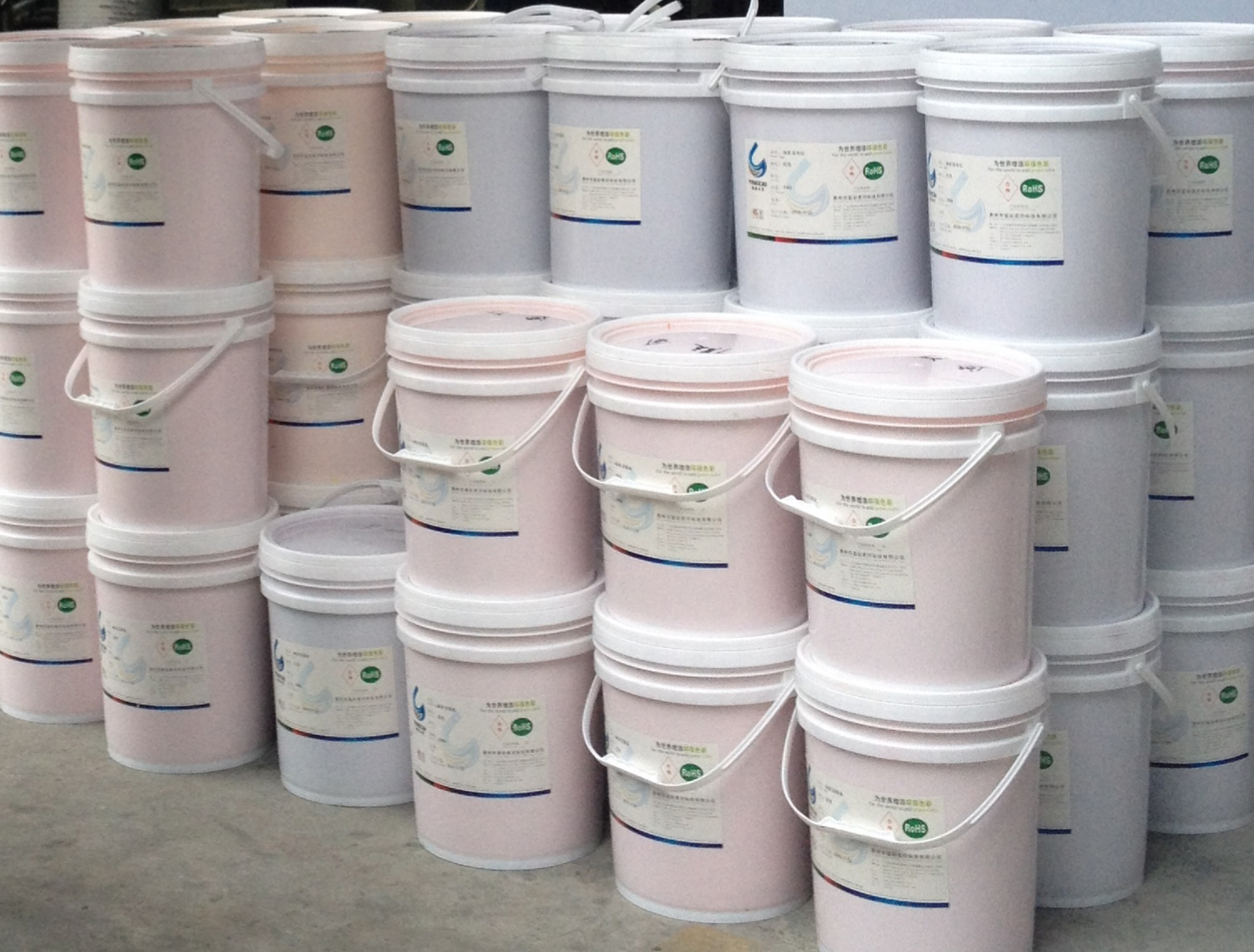Water-based ink has entered a new development period. Since water-based ink does contain volatile organic solvents, it greatly reduces the emission of organic volatiles (VOC, the same below), thereby reducing atmospheric pollution improving the environment of printing operators. Beneficial to employee health. Since water-based gravure inks cannot fully replace toluene inks, the ink industry has been working hard to develop alcohol-soluble inks that are easily accepted by the environment. Alcohol-soluble inks can help us solve the health problems caused by toluene inks solvent residues affecting the quality of packaged foods. In Europe the United States, this development has become a trend.
Water-based inks are roughly divided into two categories: one is the rosin-maleic acid modified resin series; the other is the acrylic resin series. Water-based inks have been used in corrugated paper printing for quite a long time abroad for more than 20 years in China. Recently, ink manufacturers have improved the performance of the resin to make it easier to dissolve, which means that the printing system can operate for a longer time, that is, to increase production; ink application requirements continue to improve the application performance of polyethylene substrates; ink printing The alkali resistance of packaging its application in frozen food packaging. The ink ink manufacturing industry is expected to improve the surface resistance of ink ink products to make more products water-based, especially in terms of oil resistance, grease resistance, better heat freezing resistance.
The main application fields of environmentally friendly water-based inks are flexographic printing gravure printing. The products of these two printing methods are mostly packaging products, of which food packaging, tobacco alcohol packaging, children's toy packaging account for a considerable proportion. The current focus of the printing industry is to strengthen the treatment of emissions during the solvent ink printing process. The usual approach is to use an "incinerator" to absorb incinerate VOCS. The other more creative is to use VOCS as a food microbial bacterial treatment system .
